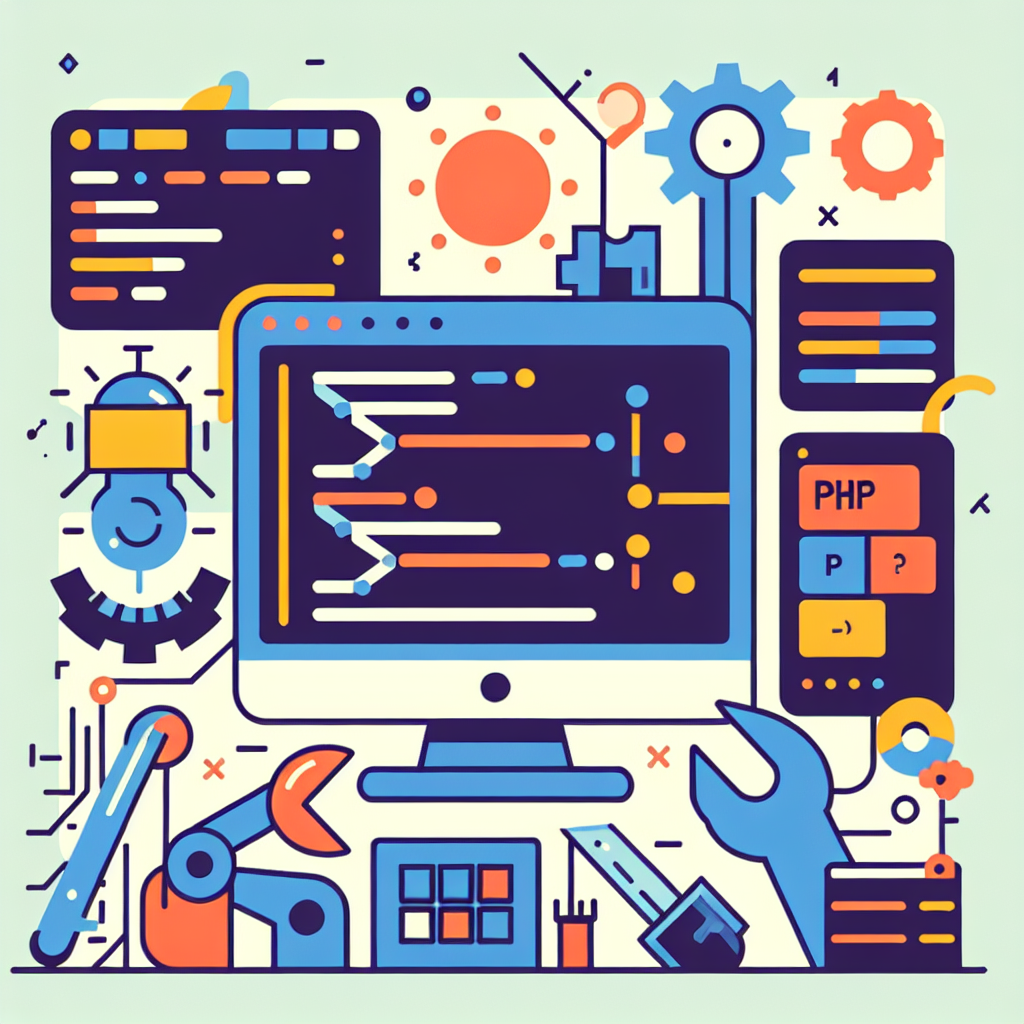Convert Assembly Code to PHP: Easy & Efficient Tool
Convert assembly language to PHP effortlessly with our innovative tool. Boost efficiency and streamline coding with seamless, reliable translation. Try now!
Source Code
Converted Code
Output will appear here...
Transform your assembly language code into PHP effortlessly with our advanced conversion tool. Perfect for developers looking to modernize legacy systems, this tool enhances code maintainability and scalability. Experience seamless integration and improved performance while bridging the gap between low-level and high-level programming languages.

Assembly Language to PHP Conversion Tool Link to this section #
Transforming low-level assembly language into high-level PHP code is a complex task due to their distinct paradigms. This tool simplifies the process, empowering developers to bridge the gap between these languages effectively.
Key Features: Link to this section #
- Automated Conversion: Quickly translate assembly instructions into equivalent PHP code.
- Syntax Highlighting: Easily identify converted code segments with color-coded syntax.
- Error Detection: Identify potential conversion issues and receive suggestions for optimization.
How It Works: Link to this section #
- Input Assembly Code: Paste or upload your assembly code in the input section.
- Conversion Process: The tool interprets assembly instructions, converting them into PHP logic.
- Output PHP Code: Retrieve the translated PHP code, ready for integration into your web application.
Example Conversion: Link to this section #
; Assembly Language Example
MOV RAX, 1
ADD RAX, 2
Converts to PHP:
// PHP Equivalent Code
$rax = 1;
$rax += 2;
Benefits: Link to this section #
- Efficiency: Saves time by automating the translation process.
- Accuracy: Reduces human error in manual conversions.
- Learning Aid: Helps developers understand how low-level operations translate to high-level logic.
Related Topics: Link to this section #
- Assembly Code Optimization: Learn more about optimizing assembly code for better performance. Learn More
- PHP Best Practices: Enhance your PHP coding skills and follow best practices. Read More
Technical Support: Link to this section #
For further assistance or to report bugs, please contact our technical support team. Embrace the efficiency of automated conversions and elevate your development workflow with this innovative tool.
Frequently Asked Questions
Can you convert assembly language code directly to PHP?
No, there is no direct way to convert assembly language code to PHP. Assembly language is a low-level programming language specific to a computer architecture, while PHP is a high-level scripting language used mainly for web development. To achieve similar functionality in PHP, you would need to understand the logic of the assembly code and reimplement it in PHP.
What are the main differences between assembly language and PHP?
Assembly language is a low-level language that is architecture-specific and operates closely with the hardware, requiring detailed management of memory and processor instructions. PHP, on the other hand, is a high-level language designed for web development, providing ease of use, built-in functions for web tasks, and abstraction from hardware specifics.
Why would someone want to translate assembly language code to PHP?
Translating assembly language to PHP might be necessary when migrating legacy system functionalities to a modern web application environment. This process involves understanding the core logic of the assembly code and implementing it in PHP to take advantage of PHP's features for web applications, such as ease of integration with databases and user interfaces.